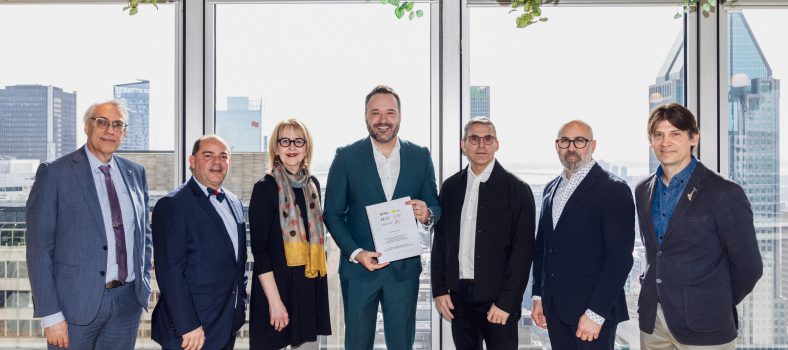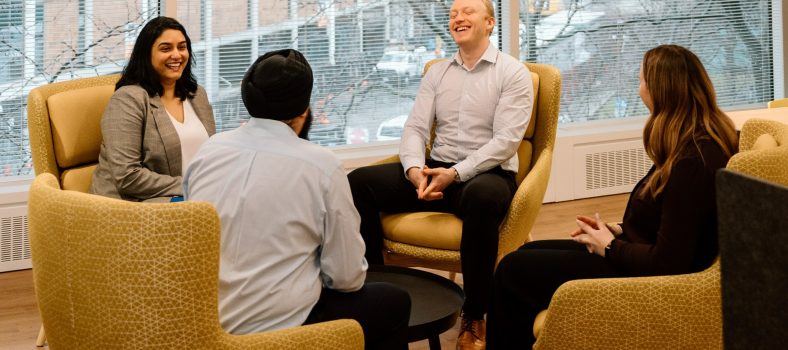Brainstorming can be a great way to drive innovation in your business if you prepare for it properly. A session that falls flat can be a frustrating waste of time.
Brainstorming often gets a bad reputation because sessions sometimes generate humdrum ideas and tend to be dominated by higher-ranking or more outspoken participants. But that doesn’t have to be the case.
Here are six steps to organize a winning brainstorming session.
1. Define the problem
The first step should be to determine a problem question that the brainstorming session will address. The question should be clear and prompt participants to think of solutions, such as “How can we differentiate our services?” or “How can we increase production?”
Next, set boundaries for possible solutions. For example, solutions may have to be implemented within six months or involve finding a new market. “If you want a broad set of ideas, you’ll want fewer boundaries. If you’re looking for a very tight set of solutions, you’ll want tighter boundaries,” says Andrea Caulfield, Innovation Manager at BDC.
2. Lay out the context and definitions
Next, ask yourself what the participants already know about the context of the problem question and what else they need to know. Compile any additional information participants will need and send it to them or present it during the session.
You will also need to establish definitions of key terms, so everyone is working from the same page. For example, let’s say your problem question is: How do we increase production? You need to define what you mean by production. Total number of units, or total number of defect-free units? How much do we want to increase production by? Can we add resources to support the solutions we generate or not?
3. Pick an appropriate facilitator
The facilitator should be someone who can keep the session on track, has experience with brainstorming and is unbiased. They should be able to make sure everyone participates and that no one dominates the discussion.
4. Invite the right people
Your session should include people in the company who are affected in some way by the problem question. It should also include experts on the topic being discussed and non-experts, such as employees in another area of the business or non-employees. Three to eight people is often ideal.
“Experts have the burden of expertise. It’s harder for them to go beyond what they know,” Caulfield says. “Non-experts have the lightness of being a beginner. They can ask silly questions or suggest unconventional ideas.”
To get a broad range of ideas, make sure to invite a diverse mix of participants from varying cultures, backgrounds, and age groups.
5. Set the agenda
First, devote enough time for setting out the problem question, boundaries, context and definitions. Caulfield suggests approximately 20 minutes.
Caulfield likes to divide the heart of the brainstorming into two parts—first, “diverging,” then “converging.” Diverging is when participants explore options and generate new ideas. This could take 30 minutes.
Converging is when ideas are sorted and discussed to isolate the best ones. Converging usually takes less time—perhaps 20 minutes. The final step is wrapping up the session, which could take 10 minutes.
6. Holding the session
Several techniques exist to structure the brainstorming. A simple one for the diverging component is for the facilitator to hand out sticky notes and give participants a few minutes to write down their ideas. The sticky notes are then put up on a wall or whiteboard.
The facilitator then reads the ideas one at a time, gets any needed clarification and, with the input of participants, groups them into three or four categories. If new ideas come up, these can be added on extra notes.
Converging can be accomplished by asking participants to put a checkmark or star by their favourite three to five ideas, depending on how many “top picks” you want to end with and how many people are in the room.
The output from the session can consist of a list of the most favoured ideas and any themes that emerge. In addition, the output should highlight any highly innovative ideas, even if they didn’t receive many votes.
All these ideas would be taken to a planning or strategy session to be looked at in more detail by a smaller group.
As a wrap-up, the facilitator should explain the next steps and what will happen to the group’s ideas. Participants should also receive a summary of the top ideas.




